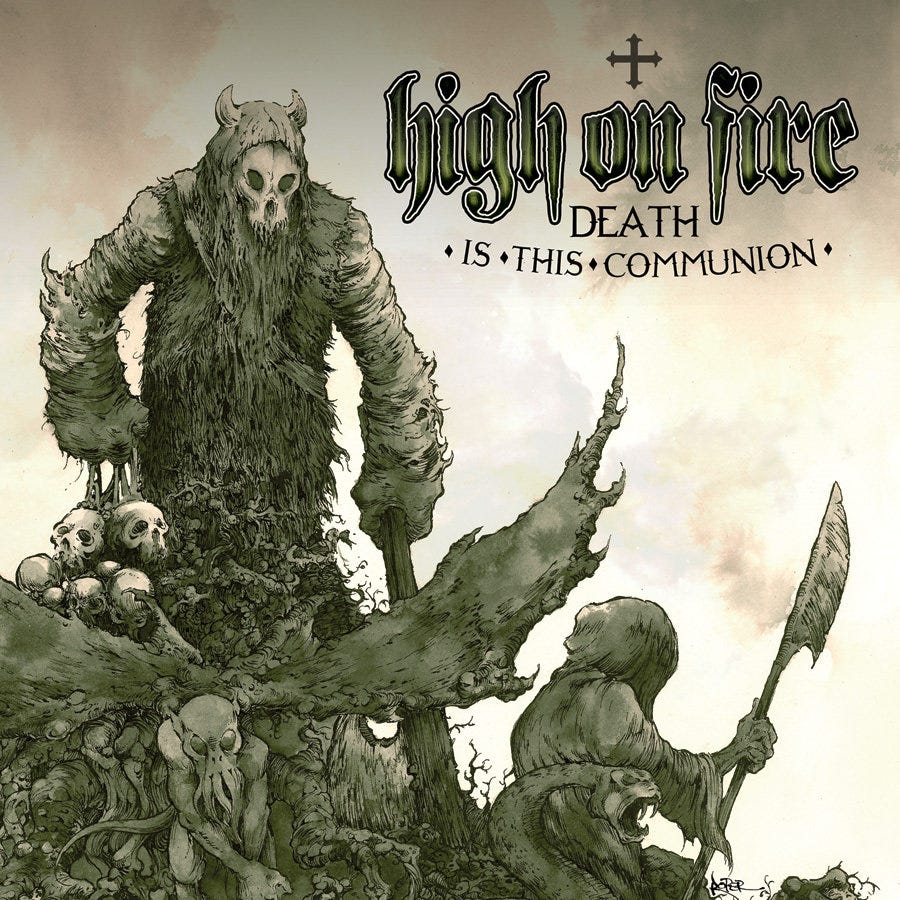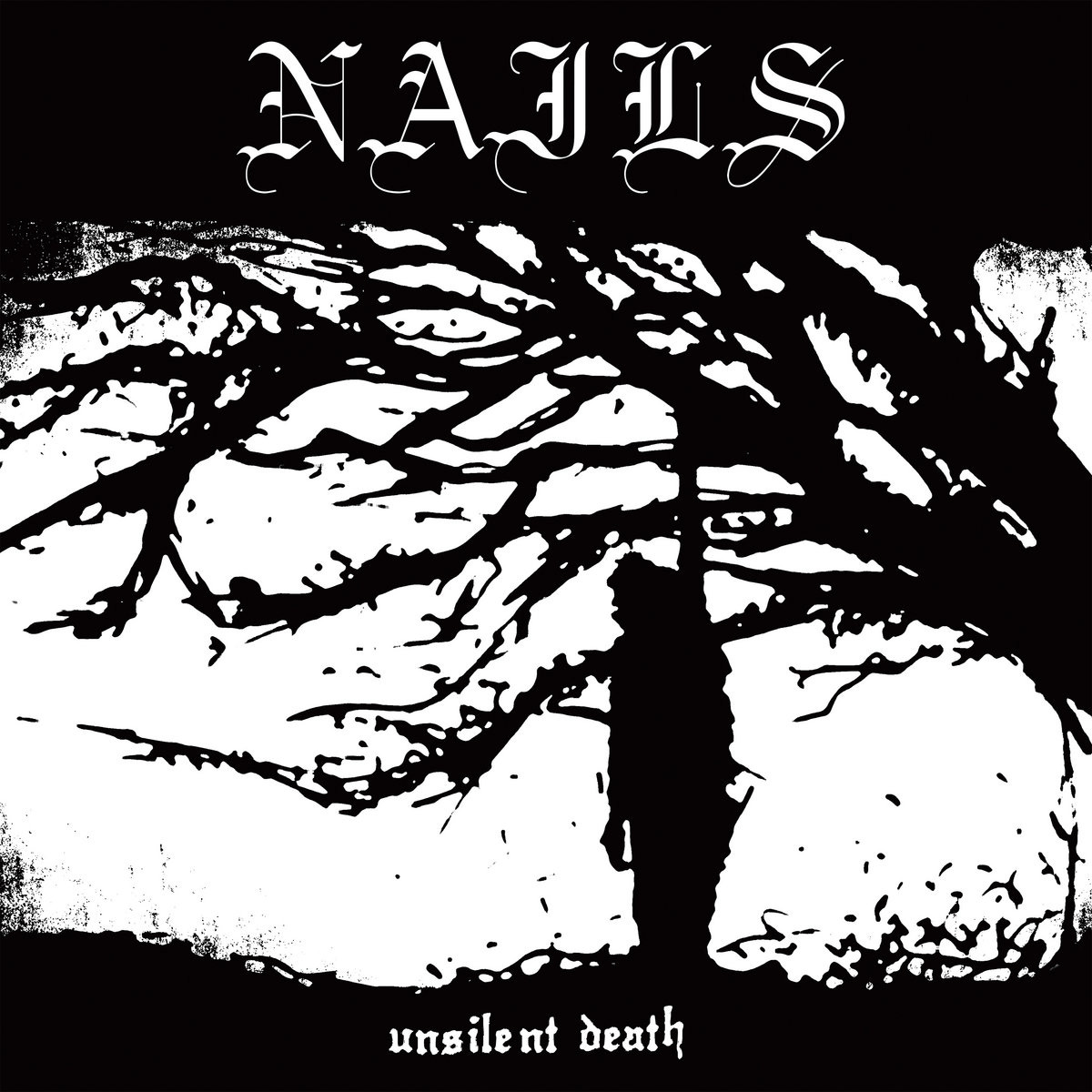Anticipating A Pynchon Autumn
Noid'd expectations for 'Shadow Ticket' & 'One Battle After Another'
For the last week I’ve been caught in the web of what, from the inside, feels like a benign conspiracy. Follow my train of thought for a moment.
Earlier this week I stumbled across the Slow Learner podcast, who’s first season covers Thomas Pynchon’s Gravity’s Rainbow. I read Gravity’s Rainbow in 2020 during the first months of the COVID lockdown in New York and I’m pretty sure it rewired my brain top-to-bottom. One consequence of reading a book as dense with stuff as Rainbow is that you’re compelled to talk about it to anyone who’ll listen, except no one does because most people find the idea of reading Gravity’s Rainbow too daunting to consider. You’re left then to track down other freaks and weirdos equally driven into bonkers by the book outside of your immediate social circle. That means resorting to the internet. Five years later the itch to have lengthy conversations about the book, even in an asymmetrical para-social manner, still burns strong. Stumbling across seven hours worth of people getting deep into the nuts and bolts of the novel is a major balm.
Each episode of Slow Learner covers a handful of chapters then brings in an expert guest to discuss a relevant theme to the section. In a shocking coincidence their first guest, brought on to talk about the history of the V-2 rocket and Operation Paperclip, was someone who I’d just met only a few weeks prior at party ~*My Girlfriend*~ threw at our house. How weird is that? You check out a niche-by-design podcast that you assume you’ll enjoy entirely in private only to be greeted by the voice of someone you just met only feet away from your copy of the book that made you check out the podcast. Then, as if that weren’t strange enough, the morning after I listened to this new acquaintance on Slow Learner, news breaks that Pynchon himself is publishing Shadow Ticket, his first book in 12 years in October. What are the odds!
One of the principle themes of Gravity’s Rainbow is the anxiety that everything is connected balanced with the “anti-paranoia” that nothing is connected. The novel gives credence to both perspectives. The characters are ensnared in a plot hatched by shadowy figures that manipulate their every move. However, as often as the characters are guided by that mysterious conspiratorial hand, they’re just as likely to act on the whim of total coincidence. It is open to the reader to determine how much of the action is a matter of chance vs a pre-arranged order. Are there rational explanations or is there a mystical provenance at work? In the case of coming across Slow Learner just in time for the Pynchon hype-cycle rev up, there is a chain of logic at play. Shadow Ticket hits the shelves only a few weeks after Paul Thomas Anderson’s upcoming film One Battle After Another hits theaters. One Battle After Another is a loose adaptation of Pynchon’s (worst) novel Vineland. The trailer to One Battle After Another inspired film critic Jake Cole to read Vineland, which he posted about on Bluesky, prompting a response from Slow Learner host John Semley about his podcast, which I read and then investigated. It doesn’t take a paranoiac to imagine that Penguin Random House and Warner Bros might see the mutual benefit of releasing their Pynchon-related projects in close proximity to each other. Of course I’d click on a post about one of my favorite authors from one of my favorite posters (Cole’s great on Letterboxd). Of course I’d give a Pynchon podcast a listen as soon as possible. But still, pretty freaky that I’d just met their first guest IRL, right?
Writing about culture almost demands a certain degree of paranoia. What is a trend piece other than a socially acceptable form of pattern recognition? The connective tissue between three incidents often looks identical to string criss-crossing a peg board to the outsider. If you keep your observations limited to a single field you can escape concern by merely appearing perceptive. Take my most recent piece for Invisible Oranges for example: that multiple recent progressive metal records use the images of dreams and make allusions to literature doesn’t signify much other than the tastes and inclinations of progressive metal musicians. However, the more inspired the connections drawn in the trend piece, the closer the writer gets to the looney bin. Back in 2023 (around the time Slow Learner was first airing) it was self-evident to me that the “Barbenheimer” phenomenon dovetailed neatly with the themes of anime director Satoshi Kon, the concerns of the WGA strike, and the political career of Soviet composer Dmitri Shostakovich. Making those connections evident to others took me a month and over 7,000 words. It’s frankly a miracle that I didn’t somehow rope Pynchon into that piece, but considering how much of it was written in his image maybe I didn’t have to.
Another one of Gravity’s Rainbows big ideas comes from the V-2’s ability to break the sound barrier and lethally arrive before its targets hear it coming. Pynchon takes this notion of effect preceding cause and extrapolates. A propaganda film featuring an imagined para-military group inspires a real version of the same commandos, for example. Played at its loudest pitch, this question of reversed cause and effect becomes: is reality shaped by our desires, conscious and unconscious? Do we, or can we, write reality into existence? Here again the writer naturally resembles the noid. When, after spending much of 2024 listening to salsa, MPB, and prog rock records, I heard The New Sound by Geordie Greep I felt briefly as if I’d conjured it out of thin air. When The Mars Volta reunited, Frank Meadows, Jon Mondragon and I joked that our podcast about them had foretold their revival. Is heavy metal actually going through a “gothic turn” or have I just invented a pattern to recognize? Clearly the latter. The work of ordering the world through writing lays the groundwork for future confirmations of that order.
This is partially why I’m so excited for Shadow Ticket. Looking around, watching a rocket obsessed drug addled industrialist throw Nazi salutes in honor of an American President for example, you can’t help but feel like Pynchon was onto something with Gravity’s Rainbow. We live in Pynchonian times, not because the world has been molded into the image of his work but because he’s molded his work into a compelling image of the world. I want to know, with some considerable desperation, what order the old guy finds in this chaos. What strange connections have populated his cork board for the last decade? I don’t expect solutions, just the fuel and encouragement to find new connections of my own and through their drawing imagine a world that may yet still come to pass.
~ ~ ~ ~ ~ Listening Diary ~ ~ ~ ~ ~
Listen to this year’s running diary on Apple Music.
“Carbureted Speed” by Demiser (Slave to the Scythe, 2024)
RIFF TIME BABYYY!!! Hey Joseph (Colony Drop), you reading this? If you haven’t checked out Demiser yet, you should! Classic thrash metal songwriting bolstered by extreme metal, uh, extremity.
“Uca Daglar Basinda” by Rehman Memmedli (Azerbaijani Gitara, Vol.2, 2024)
And now for a very different kind of riffing. You can make the electric guitar do a whole lot of different stuff while still legible shredding your ass off. The expressive possibilities of the trill, etc.
“Noid” by Tyler, The Creator (Chromakopia, 2024)
One of my drum students has been pestering me to give Tyler the Creator’s later, mature work a serious shot. On the one hand Tyler’s iconic status among middle schoolers in 2025 vindicates my excitement around Odd Future’s left-field ascendance in the early 2010s. On the other hand, it’s hard to resist the temptation of “been there, done that” even armed with an osmosis awareness of Tyler’s post-Flower Boy evolution as an artist. I tried Flower Boy and understood why it would be someone’s favorite album, but it wasn’t mine. Then I tried Chromokopia, which was far closer to my speed. Surprise, I like the album animated by mid-30s concerns! While Tyler’s lyrics have grown up substantially, it isn’t hard to see traces of the same composer he was at age 19. That jazzy b-section is classic Tyler. But let’s be real, the real star is that gnarly psych rock groove in the verses. Rappers are making a lot of the most interesting rock music these days for those with ears to hear it.
“Children” by Jonesy (Keeping Up, 1973)
Credit to the Death Is Just Around The Corner podcast, who closed a recent-ish episode with a song from this record. Sometimes it feels like I’ll never run out of interesting prog albums just from 1973 alone (the same year Gravity’s Rainbow was published, coincidence???). Cut from the same cloth as Black Sabbath’s “Children of the Grave” from ’71, Jonesy lament the unlikely prospects of the upcoming generation (i.e. ours) over minor key hard rock. However, unlike Sabbath, Jonesy’s lushly woven lines of strings and keys offer if not outright hope at least the dignity of a tragically beautiful finale. Let’s see what the future has to say in response on our next track…
“Trash In America” by Peace Talks (Progress, 2023)
…couldn’t have put it better myself!
\ \ \ \ \ Micro Reviews / / / / /
Here are five micro reviews of albums from my vast Rate Your Music catalog. Long time Lamniformes Instagram followers will recognize these from my stories, however they’ve been re-edited and spruced up with links so that you can actually hear the music instead of just taking my word for it.
Death is This Communion by High on Fire (2007) - Heavy Metal
High on Fire don’t have a wide range of quality in their body of work. You know going in that a record with their name on it will at least be pretty cool but at most still not change your life or anything. Within these narrow margins, Death Is This Communion takes the lead. Top to bottom high quality hamburger with bacon heavy metal tunes. The extra sauce is the pacing, the way the band use interludes and instrumentals to break up the flow and give shape to the record. “Rumors of War” into “DII” is one of my favorite bits in the High on Fire discography. Excellent production too.
“Terrifyer” by Pig Destroyer (2004) - Grindcore
This was probably the first straight up no nonsense grind album that I ever truly got into, after a friend burnt me a disc of it back in high school. This is a masterclass in pacing, every song cuts off just at the right moment to send you hurtling into the next track. With so many cuts clocking in around the 60 second mark Terrifyer starts to feel like a sort of “super-song” where each individual track builds on the momentum of the previous one. However, with repeatedly spins each song reveals itself to be full of micro hooks and riffs that would nearly be catchy if they didn’t zoom by before you could catch them. Hayes’s lyrical content does less for me now that I’m not a maladjusted teen, but his style and skill as a writer puts him head and shoulders above most other heavy acts plumbing the depths of their violent fantasies. Pig Destroyer’s best, imo.
“Absolutego” by Boris (1996) - Drone
“Absolutego?” More like, “Absolutely Goes”. Is it an album or just a song? Is it even a song at all if it takes over 20 minutes to truly begin in any conventional sense? Worry not about these questions and sink instead into the drone. An exercise in patience and minimalism played at maximum volume. Boris’s legendary volume is a magnifying glass, allowing you to hear the finer details of guitar hum and subtle changes in feedback. While this record rewards close and sustained attention, letting your mind wander doesn’t detract from the experience. Think of it like having an ice sculpture in the room with you that you can study from time to time as it melts.
“Unsilent Death” by Nails (2010) - Grindcore
Hard to describe how startlingly heavy this album sounded in 2010. 14 minutes of getting hit in the face with ice cold water first thing in the morning. I couldn’t imagine at the time that it was physically possible to play music this dense and this fast with this much precision. Nails aren’t my favorite from the “Entombed-core” era of hardcore, but no other band pushed the deep-fried smoky bbq sauce burnt-on-the-grill brutality of the HM-2 pedal as hard as they did here. Their utter lack of a sense of humor and the law of diminishing returns kept them from ever topping this, however. An underground milestone.
“Noise” by Wormrot (2011) - Grindcore
A transitional EP for this Singapore grind act, released after they took metal blogs by storm but before they transformed into the more polished, eclectic style that made them the internet’s favorite grind band in 2022. Equal parts chaotic and controlled, Wormrot cram a bunch of ideas into an extremely tight space, shake the whole container vigorously, then toss it straight at your face. The first four tracks are pure speed demon madness, but the last two with their harmonized leads and surprisingly melodic chord progressions hint at the band’s more involved later work. The perfect place to start with Wormrot, plus it’s only 7 minutes long!








